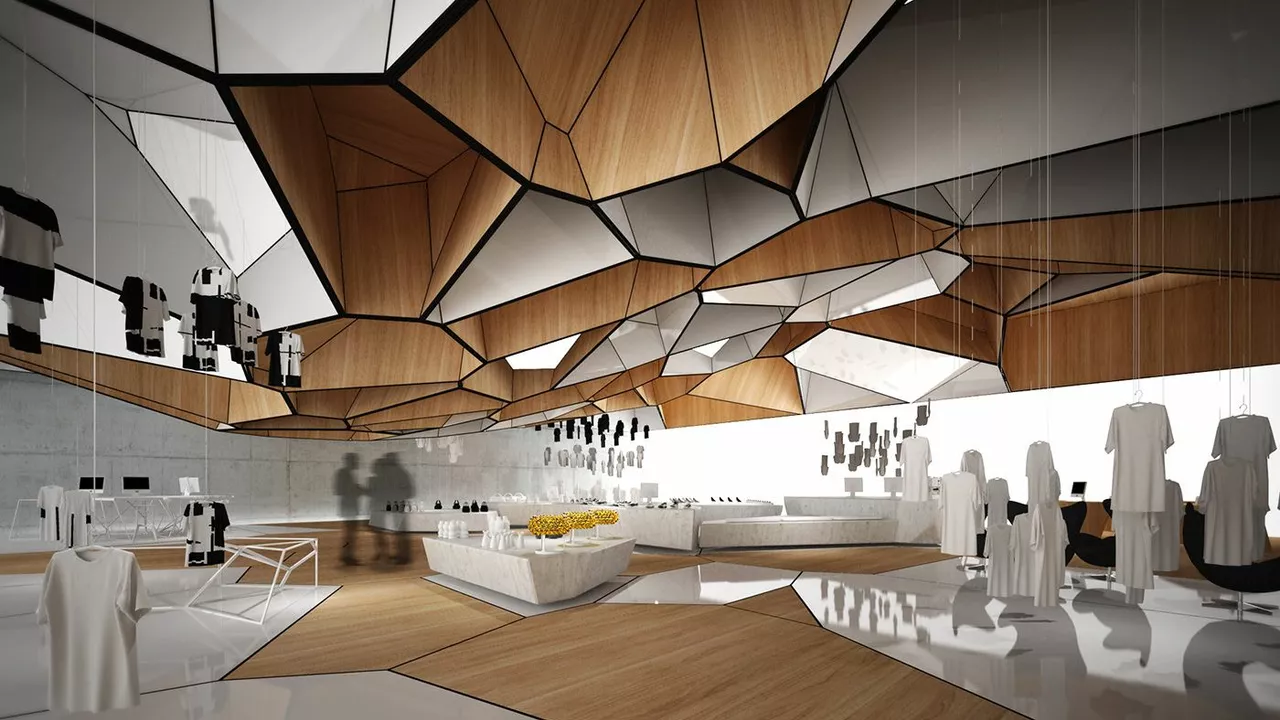
The Luring Power of Architecture
Off the top, let's dive into a particularly captivating aspect - architecture’s uncanny ability to evoke emotions. Right, it might sound like a hard sell, but you might be amazed by the scale of emotions a building could elicit, from awe and admiration to even apprehension and terror. I'm an absolute sucker for architectural masterpieces that brim with sublime aesthetics that stands splendid over time.
I mean, think of the time you strolled through the bustling streets of Paris with the Eiffel Tower majestically looming above or that overwhelming sense of tranquility you experienced at an old monastery nestled in the mountains. Pretty surreal, right? Now, these sensations are no accident. Architects intentionally blueprint their structures in such a way to stir specific emotions, utilizing various elements such as light, space, and materials to resonate with your sensibilities.
My sweet better-half, Bethany Alderson, and I, had a fascinating encounter while exploring the Sydney Opera House. Marveling at the intricate and abstract patterns, she started exclaiming how its architecture was intriguingly making her feel invigorated. It's complex and resolute geometry, the harmony in chaos kind of vibe had us floored!
Interior Design: The Unsung Hero
The role of interior design often gets overshadowed by the grandeur of architecture. But, as a humble observer and enthusiast, let me assure you, it holds its own forte. The sorcery it wields in tweaking our emotions is no less than an architectural marvel. Good interior design is a symphony striking all the right chords to create a melodious environment that harmonizes with your emotional wellbeing.
I recently took up a DIY apartment revitalizing project. After a lot of brainstorming Internet browsing, and constant nagging by Samson and Willow, our adorable beagle and cat, the change we brought about in our once monotonous living room was astonishing. The new wall color played around with the existing lighting to create a calming ambiance while the rearranged furniture literally breathed a new lease of life into the once disheveled setting. Trust me, nothing beats those bouts of contentment when every corner of your home exudes a positive vibe.
Rule of Color and Light
Ah! Colors and light, the secret ingredients that significantly influence our emotions. If done right, they have the power to alter the vibe of the room. Picture this, you walk into a room with warm yellow lighting and cozy beige interiors – doesn't it give you a happy, cozy getaway feel? Now, imagine the same room with cold white light and stark black interiors - it might evoke a serious, professional vibe. This phenomenon is not coincidental but a psychological response to the distinct visual stimuli.
Bethany and I, once impulsively decided to paint our bedroom walls red. Passionate Bethany defended the choice saying it would add a romantic touch. As expected, restless nights followed until we caved in and repainted it a soothing shade of blue. Lesson learned, colors have noticeable psychological effects on our mood, something interior designers leverage to mold the ambiance of a space.
Shapes, Patterns, and Space Dynamics
Shapes and patterns hold a pivotal place in the architecture and interior designing universe. On one hand, geometric shapes are meant to instill a sense of order and precision, spiraling patterns imbibe a more natural and organic feel. A spacious room with high ceilings can evoke a sense of freedom, while a compact room can make you feel snug and secure – these are some examples of how architects and interior designers toy around with shapes and spaces to weave a particular mood and atmosphere.
The wooden spirals on our old staircase in our childhood home, the octagonal living room in our current apartment – each shape and pattern, knowingly or unknowingly, contributed to the distinct emotion the spaces evoked in us. Turns out, it wasn’t just me, but a mix of focused design and psychology.
Materials: A Silent Communicator
Finally, let's talk about an aspect that’s not much discussed but equally powerful - materials. From the tranquillity exuding wooden flooring to the sleek and modern feel of steel – materials have subtle yet noticeable effects on our moods. In fact, recent trends of sustainable design using natural materials like bamboo and rattan align with the growing desire to feel more connected with nature.
In our last year's kitchen remodel, we replaced our old granite countertop with a wooden one. The transformation was nothing short of magic. The sense of warmth and earthiness it brought to space was truly refreshing. It drastically reduced Bethany’s complaints about cooking and made me enthusiastic about trying out new recipes. Perplexing? Well, that’s the wondrous power of thoughtfully chosen materials!
There you have it! From invoking a sense of serenity in a monastery to the feeling of wilderness in a cabin, architecture and interior design have a profound impact on our emotions. So next time you step into a building or redesign your home, pay attention to what your surroundings are telling you. There's a subtle conversation taking place between the design elements and your emotions. Engage in it, and uncover a whole new dimension to architecture and interior design.